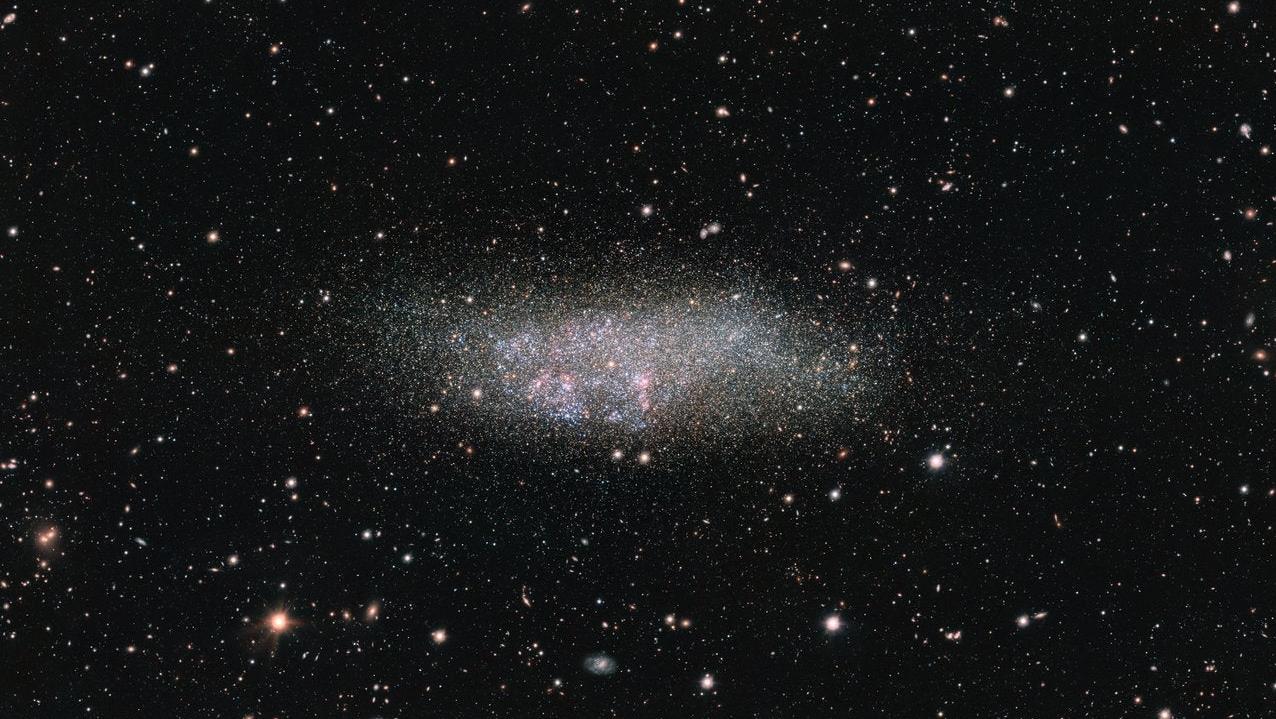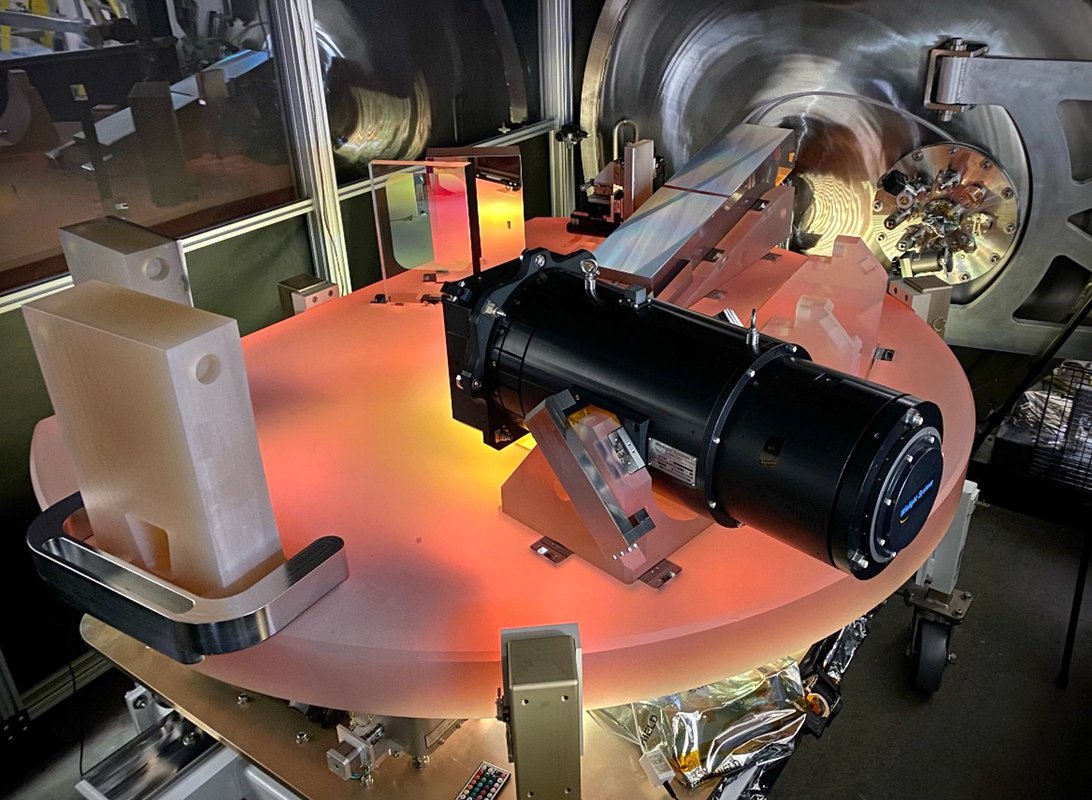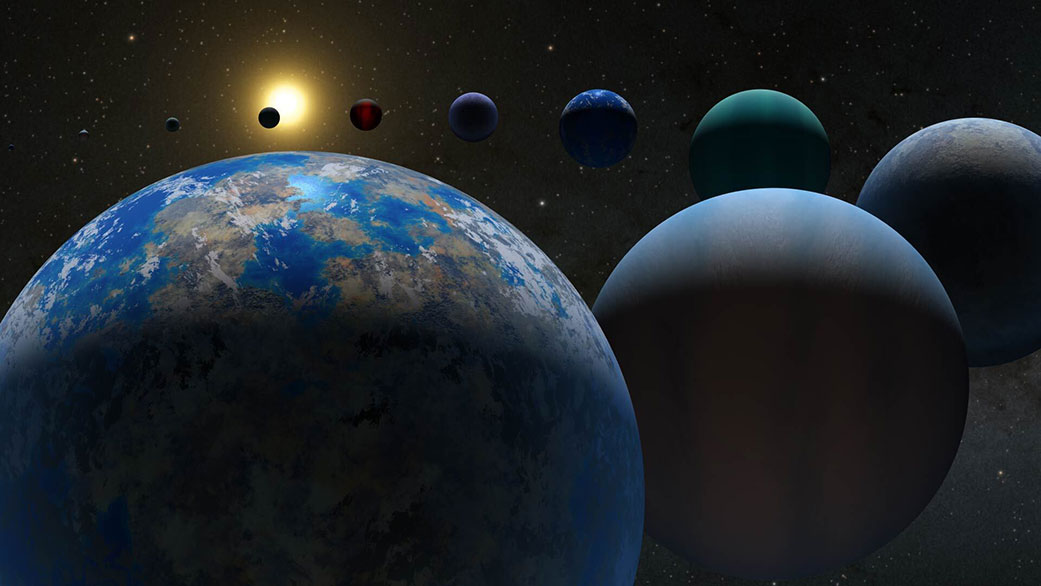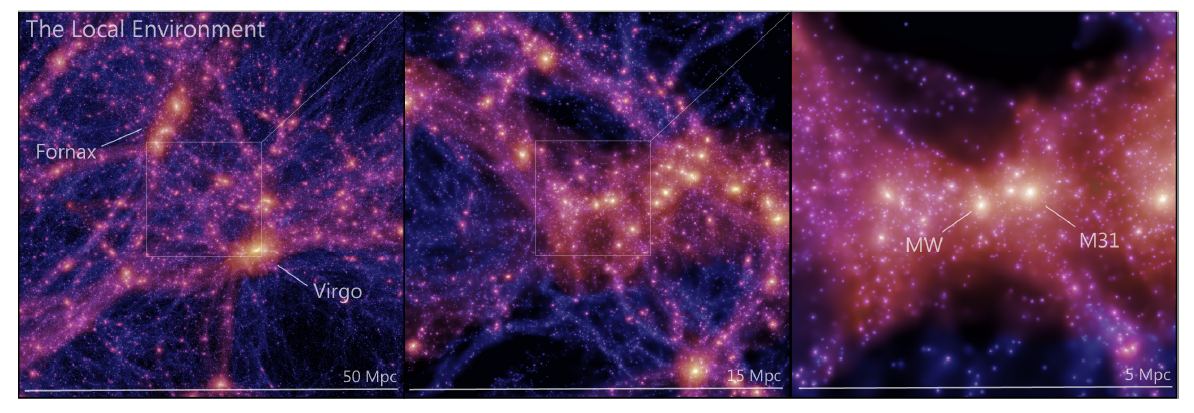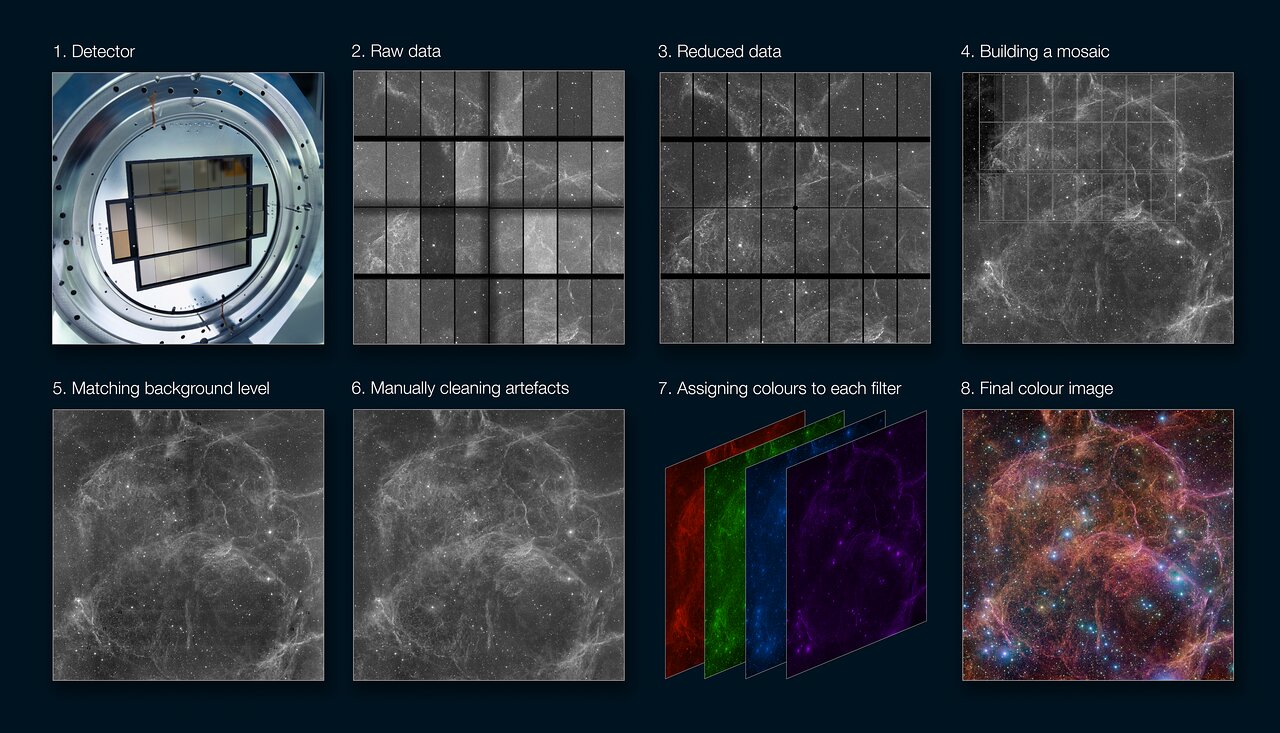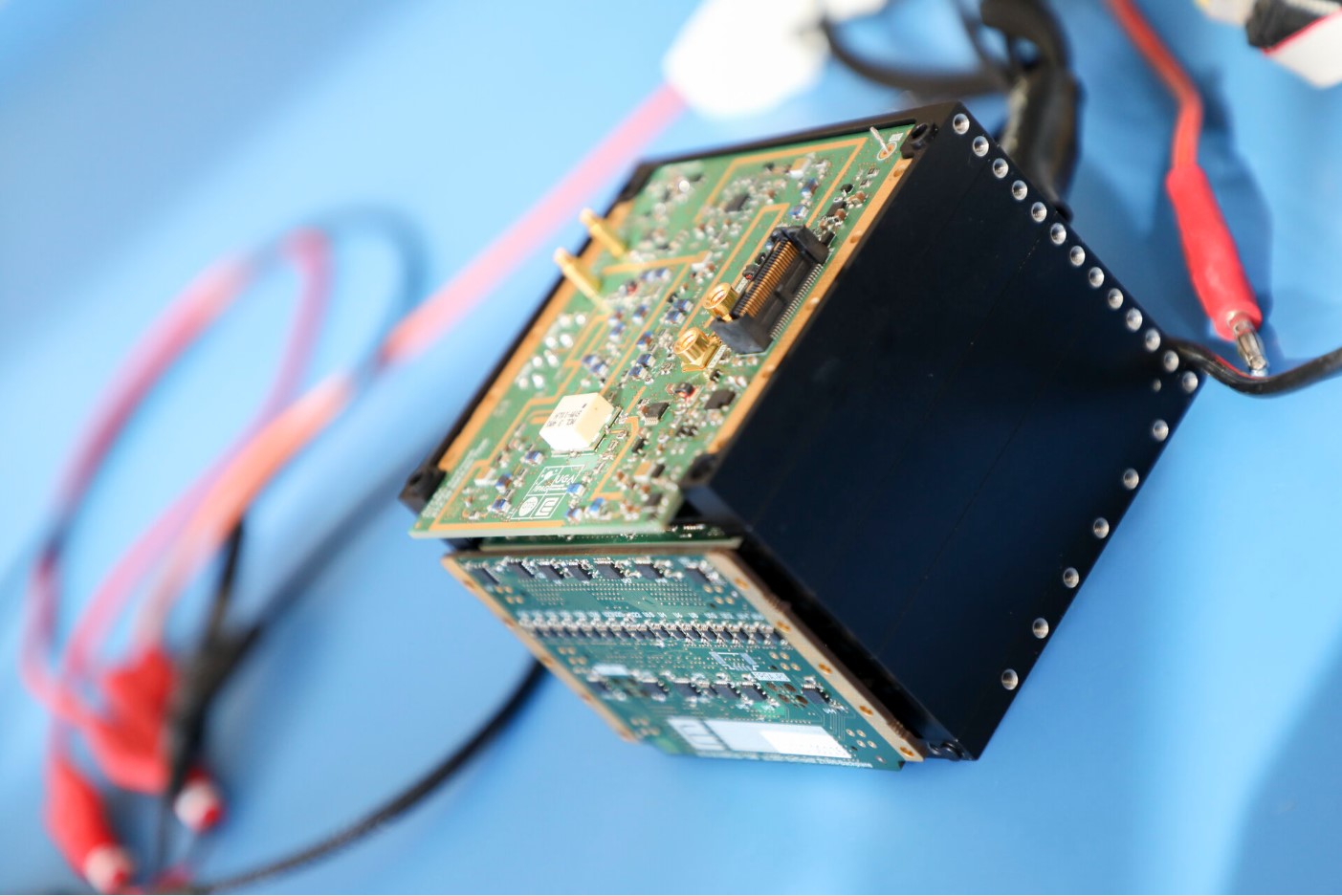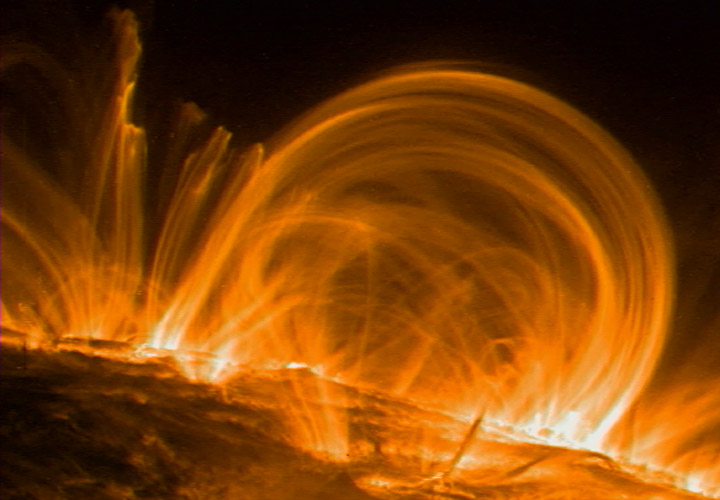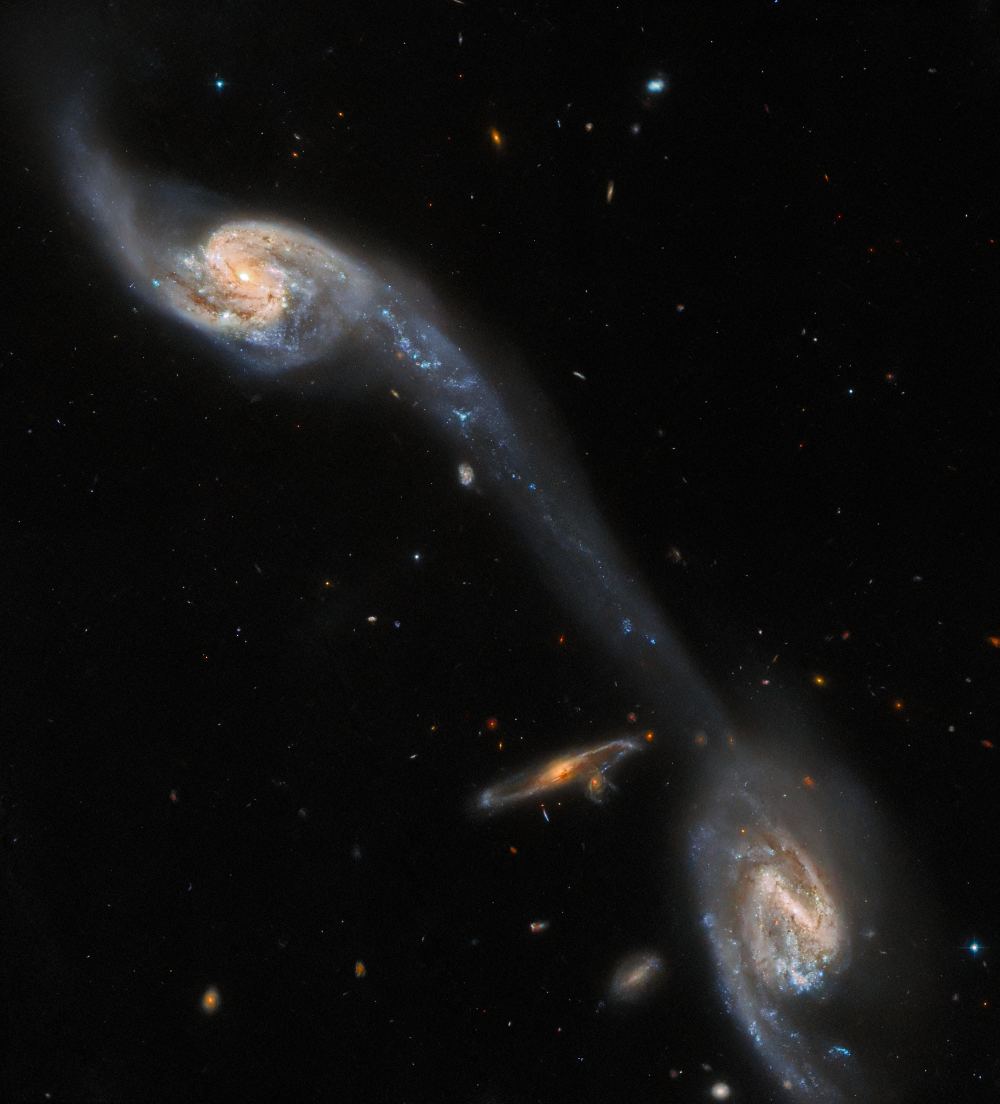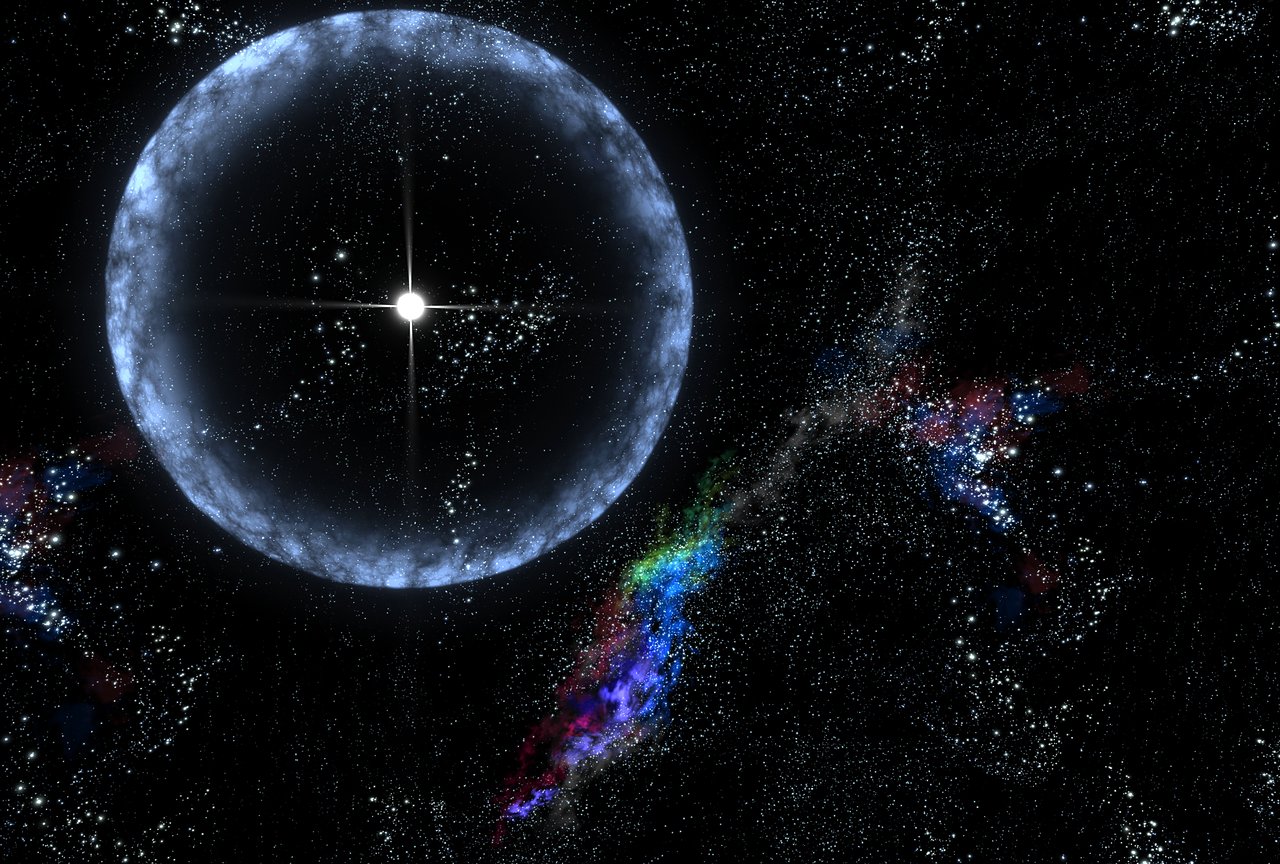The James Webb Space Telescope Early Release Science (ERS) program – first released on July 12th, 2022 – has proven to be a treasure trove of scientific finds and breakthroughs. Among the many areas of research it is enabling, there’s the study of Resolved Stellar Populations (RSTs), which was the subject of ERS 1334. This refers to large groups of stars close enough that individual stars can be discerned but far enough apart that telescopes can capture many of them at once. A good example is the Wolf-Lundmark-Melotte (WLM) dwarf galaxy that neighbors the Milky Way.
Kristen McQuinn, an assistant professor of astrophysics at Rutgers University, is one of the lead scientists of the Webb ERS program whose work is focused on RSTs. Recently, she spoke to Natasha Piro, a NASA senior communications specialist, about how the JWST has enabled new studies of the WLM. Webb‘s improved observations have revealed that this galaxy hasn’t interacted with other galaxies in the past. According to McQuinn, this makes it a great candidate for astronomers to test theories of galaxy formation and evolution. Here are the highlights of that interview:
Continue reading “This Nearby Dwarf Galaxy has Been a Loner for Almost the Entire age of the Universe”
